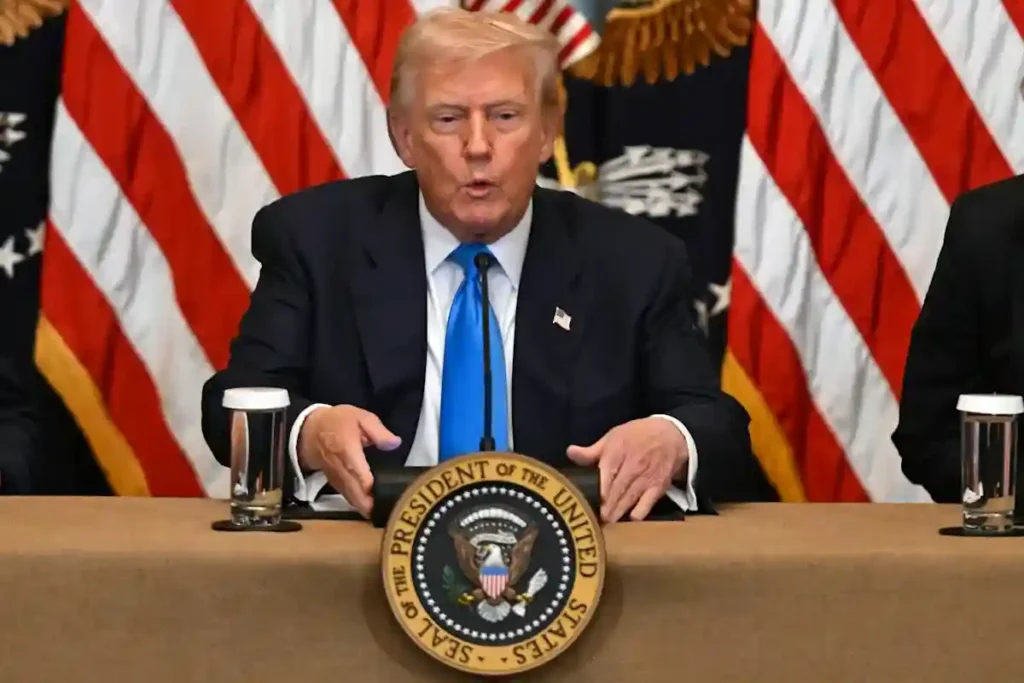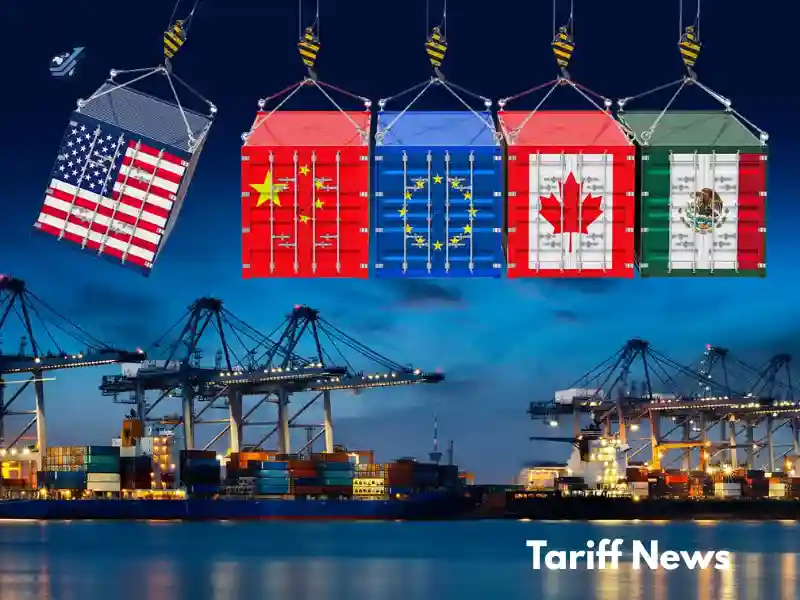Have you ever wondered why the price of certain imported products suddenly jumps This often happens because of tariffs — government taxes on products coming in or going out of a country. These taxes are a big part of global trade. If you’re a small business owner investor or just a curious shopper its helpful to understand whats happening with tariffs. In this article well break it all down in a way thats simple and clear.
What is Tariff News
When countries change how they tax imported or exported products that update becomes tariff news. Governments make these changes to protect local industries deal with political issues or respond to economic challenges. For example during the US-China trade dispute both sides raised tariffs on goods from the other country. This led to big shifts in how and where companies do business.
Understanding Tariffs in Global Trade
Tariffs are tools that countries use to manage trade. They can make foreign goods more expensive so that people buy more locally made items. This can help local companies grow. But it also means higher prices for things we all use like phones clothes or food. In 2018 the United States added tariffs on many Chinese products which led to higher prices for some electronics and machinery. At the same time China added taxes on American goods which hurt U.S. farmers and exporters.
Key Types of Tariffs
There are different ways tariffs are charged. Some are based on a percentage of the products value — these are called ad valorem tariffs. Others are flat fees based on how much or how many of a product are imported — these are specific tariffs. Sometimes both methods are combined into whats called a compound tariff. The type a country chooses depends on its goals and the kind of goods involved.
Recent Tariff Policy Developments

In the last few years governments have made big changes to trade rules. The U.S. brought back tariffs on steel and aluminum to protect American factories. The European Union introduced a new rule to tax imports based on their carbon pollution — meaning products made in polluting factories may cost more. In 2025 India raised taxes on imported electronics to boost its Make in India program. Each of these actions is an example of important tariff news that affects global trade.
Why Countries Use Tariffs
Tariffs help countries in several ways. They can support new businesses create jobs and bring in money for public services. By making imported products more expensive tariffs encourage people to buy items made locally. That gives small and medium businesses a chance to grow without being pushed out by large foreign companies. For developing countries especially tariffs can be a key part of building strong local industries.
The Problems with Tariffs
Still tariffs aren’t always helpful. When one country adds tariffs others might fight back with their own. This can lead to whats called a trade war. These fights can hurt businesses on both sides. They can also make goods more expensive and harder to get. During the US-China trade war American farmers struggled to sell their crops overseas and shoppers paid more for some everyday items. These challenges are one reason why tariff news is so closely watched around the world.
How to Stay Informed
If you’re a business owner or work in global trade staying informed about changes in tariff policies is important. You can follow updates on official websites like the World Trade Organization (WTO) or your country’s trade office. Many business news websites also share detailed updates and expert opinions. For the latest alerts tools like Google News and email subscriptions can help you track any new tariff news that matters to your work.
How Businesses Respond
When tariffs go up companies often have to make big changes fast. They might switch to different suppliers change how their products are made or even move factories to new countries. For example after the U.S. added new tariffs on Chinese goods tech companies started looking at factories in India or Vietnam instead. Some companies try to pass the extra costs onto customers while others cut costs in other ways to stay competitive.
Case Study The US-China Trade Dispute
One of the biggest stories in recent trade history was the US-China tariff dispute. It began in 2018 when the U.S. added tariffs on Chinese goods hoping to push China into changing its trade practices. China answered back with tariffs of its own. This made it harder for both countries to sell products to each other. Farmers carmakers and tech firms were especially hurt. Over time many companies moved their supply chains to avoid the extra costs proving how powerful tariff news can be.
Impact on the Global Economy
Changes in tariffs affect the entire world. When prices rise due to higher taxes inflation can follow. This affects everything from food and clothes to cars and electronics. Tariffs also change how countries trade with each other. If one country raises taxes its partners may start trading with other nations instead. This can shift global supply chains and affect jobs investments and economic growth in many regions.
Small Businesses and Tariffs
Smaller companies often feel the impact of tariffs the most. They don’t have the same resources or options that big corporations do. If tariffs raise the price of the parts or materials they need it can really squeeze their profits. A small business that imports goods might suddenly find its products too expensive to sell. Many of these companies must quickly find new suppliers change products or raise prices to survive.
What to Do When Tariffs Change
Businesses need to prepare for tariff changes in advance. This means keeping track of global events knowing your suppliers well and having backup plans. Talking to trade experts or customs advisors can also help avoid mistakes. Some companies even use tariff engineering which means changing how a product is made or packaged to lower the tariff rate. Flexibility and good planning make a big difference in staying profitable.
The Road Ahead for Trade Policy
Looking forward trade is expected to get even more complex. Climate change is pushing countries to create new tariffs based on carbon emissions. The rise of digital goods and services is leading to fresh questions about taxing software and online sales across borders. Some countries may continue to raise tariffs to protect local jobs while others will focus on trade deals that lower barriers. Following tariff news will be key to keeping up with these big changes.
Conclusion
Tariffs may seem like just another part of government policy but they affect nearly everything — from the price of groceries to how businesses grow. Knowing whats happening with tariffs can help you make better choices whether you’re managing a company or simply planning a purchase. As the world becomes more connected tariff news gives us insight into the shifts happening in trade politics and the economy. And in todays global marketplace staying informed is more important than ever.
FAQs
- What are tariffs and why do they matter
Tariffs are taxes on imports or exports. They help shape trade and affect prices jobs and global relationships. - How do tariffs affect me as a shopper
They can raise prices on imported items making things like electronics clothing or food more expensive. - Are tariffs always bad for the economy
Not always. They can protect local businesses and jobs but if overused they may hurt trade and cause price hikes. - Which countries use tariffs the most
Countries like India Brazil and some African nations rely on tariffs to support growing industries. - Can businesses avoid paying tariffs
Sometimes. They can switch suppliers change product design or take advantage of free trade agreements.



